Margarine Plant
We believe in providing top quality workmanship and are so confident in our level of service that we back.
We believe in providing top quality workmanship and are so confident in our level of service that we back.
Margarine is a fat-based product created to serve as a butter substitute in various culinary and industrial applications. It is produced through the emulsification of a blend of vegetable oils and fats, which may include animal fats. Margarine is designed to replicate the texture and taste of butter while providing versatility in formulation and application. It typically contains 70% to 85% fat, which is crucial for achieving its desired consistency and functionality.
Margarine enhances texture and moisture in baking, functions as a spread, offers stability for cooking and frying, and serves as an emulsifier in sauces and dressings, making it essential in processed foods and industrial applications.
Margarine production begins with the selection and blending of various vegetable oils (such as soybean, sunflower, and palm oil) and fats. The blend can be tailored based on availability and desired product specifications.
Fractionation: This process involves separating the oil into different fractions to control the melting point and physical properties of the margarine. It helps in achieving the desired texture and consistency. Interesterification: This method rearranges the fatty acids in triglycerides to improve the stability and texture of the margarine. Enzymatic interesterification is a cutting-edge approach that avoids the formation of trans fats, making the product healthier. Hydrogenation: Although less common in modern practices due to health concerns related to trans fats, hydrogenation can be used to convert unsaturated fats into saturated fats to enhance the product's stability and shelf life.
he modified blend of oils and fats is mixed with water and emulsifiers (such as lecithin) to form a stable emulsion. This step ensures that the oil and water phases are well integrated, resulting in a consistent product.
The emulsion is rapidly cooled using a scraped surface heat exchanger. This cooling process induces crystallization, turning the mixture into a solid with the desired texture.
The solidified margarine is then processed further to refine its texture. Techniques such as kneading, rolling, or aeration may be used to achieve the final product's smoothness and spreadability.
The finished margarine is packaged under controlled conditions to preserve its quality and extend its shelf life.

Strategies to ensure proactive domination. At the end of the day,User generated content in real-time will have multiple touchpoints for offshoring.


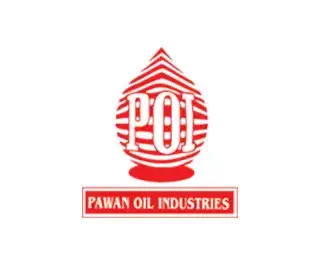

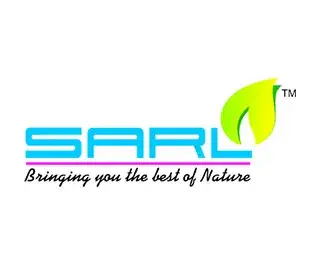


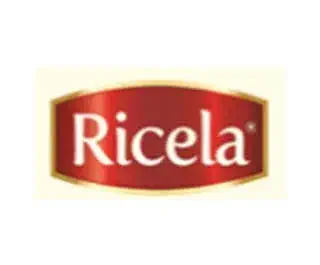
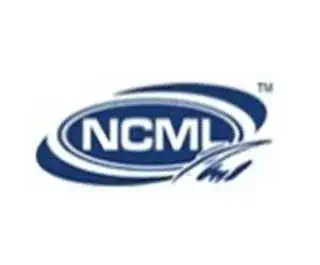

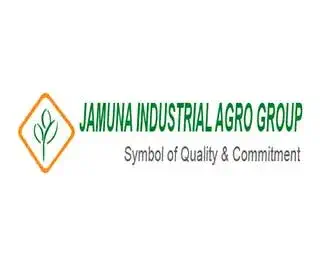



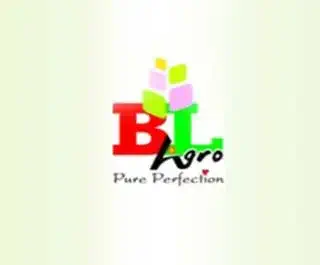

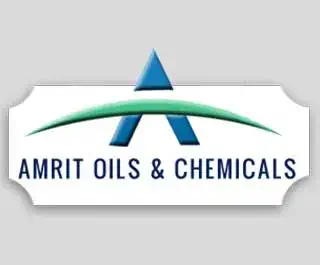
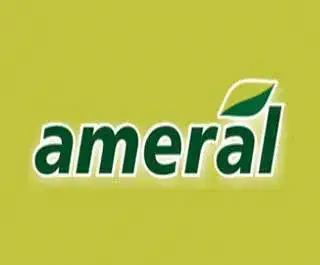
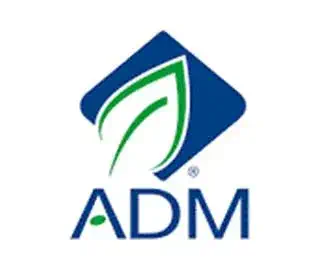
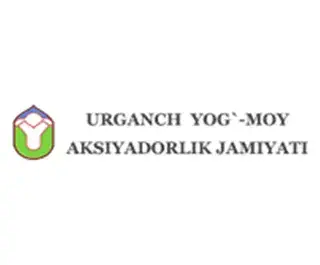


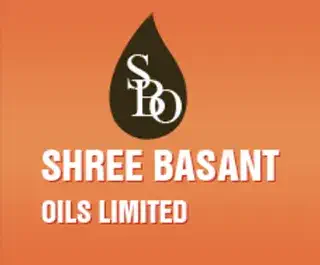
Discover some of the most asked questions regarding Margarine Plant.
Commercial margarine typically contains 70% to 85% fat, which is essential for achieving the desired consistency and functionality.
Enzymatic interesterification rearranges the fatty acids in triglycerides without producing trans fats, resulting in a healthier margarine with improved stability and texture.
Yes, margarine can be produced using either dairy or non-dairy ingredients, making it suitable for various dietary preferences and applications.
Margarine is extensively used in bakery products such as creams, cakes, and breads, where it enhances texture, flavor, and shelf life.
Muez-Hest offers advanced, flexible, and tailored margarine production solutions, ensuring high-quality products that meet diverse market needs and specifications.